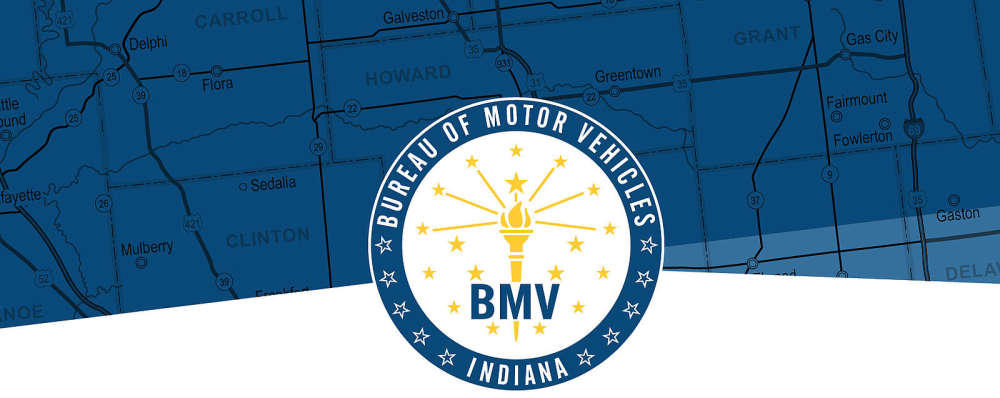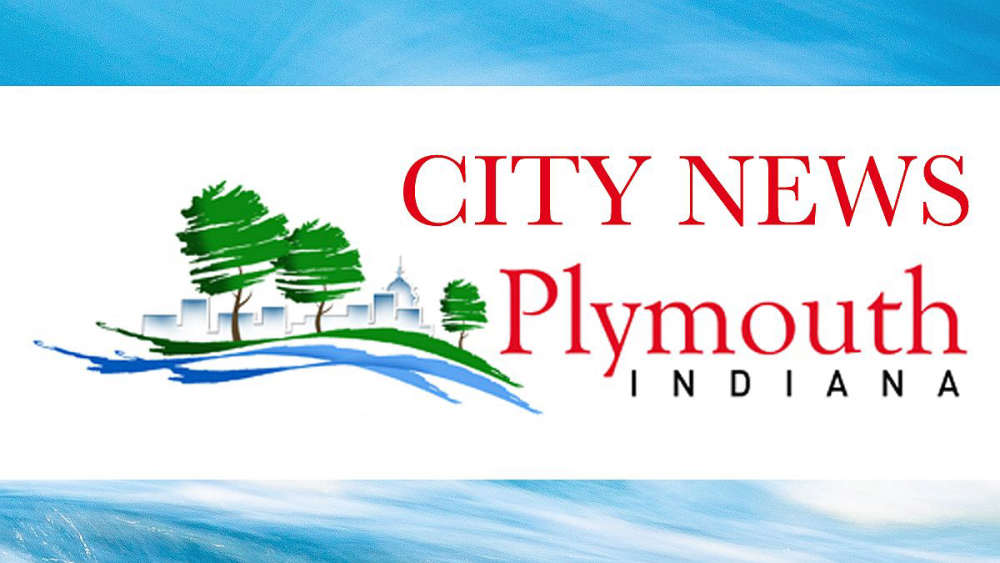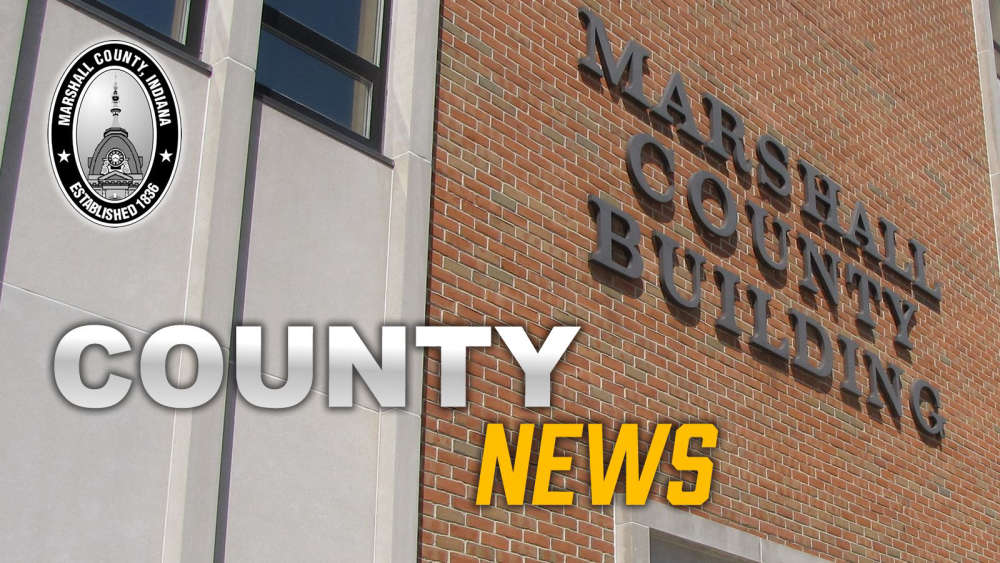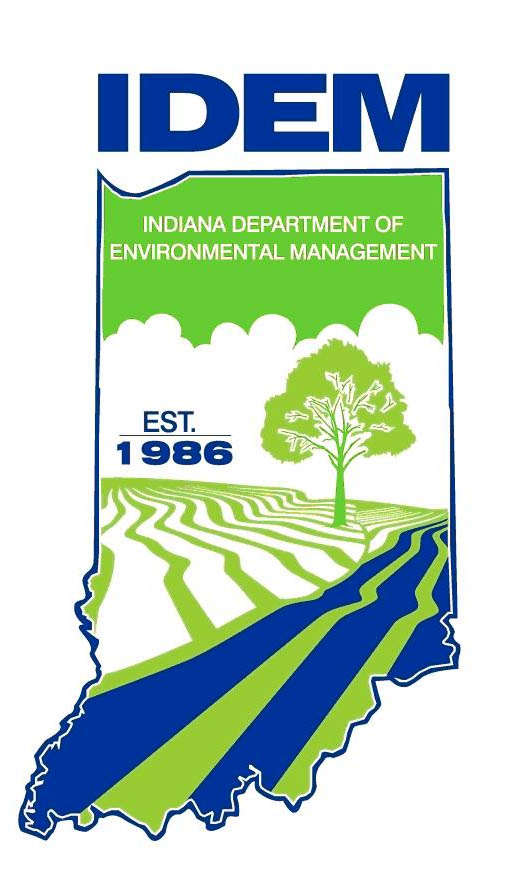
K. W. Garner Consulting, a Plymouth, Indiana-based firm specializing in historic preservation, reached another milestone unmatched in the Hoosier state and likely nationally. Since its inception in 1966 under the National Historic Preservation Act, local, state, and national properties have been added to the National Register of Historic Places. Kurt West Garner, principal/owner of K. W. Garner Consulting & Design, recently prepared his 300th nomination, with all but four in Indiana. The others are in Illinois, Michigan, and soon Wisconsin. That number is as much as sixfold more than any other Indiana historian has authored and likely more than anyone in the U.S.
In its early years, the Register required a short form of only a few pages to meet requirements. In recent decades, the form expanded, and nominations require substantial research, justification, and expanded descriptions for acceptance into the Register. It is not uncommon to have forty pages devoted to a single site being nominated, growing exponentially for large districts. The nominations, works of creative writing and scholarship, help establish the significant role buildings, people, and places have played in developing our state and national heritage.
The first nomination Garner authored was for his hometown, Plymouth, in 1998. Garner’s design work at the time included façade restoration of several downtown buildings through B. A. Martin Architects. This sparked an interest in the district’s history, which led to the nomination. A handful of other nominations followed until Garner established his firm in 2008. The non-profit organization Partners in Preservation and its founder, James Morrow, contacted Garner to develop nominations in Northwest Indiana. The program came under the stewardship of Indiana Landmarks, a state-wide preservation organization, and Garner’s work expanded throughout North and Central Indiana. By 2016, Garner had authored his 100th nomination, and in late 2021, his 200th listing.
To qualify for the National Register, a property must be at least 50 years old and have important architectural/engineering design, cultural significance, or be connected to an important person. One of Garner’s most rewarding nominations was the Chief Menominee Memorial near Twin Lakes in Marshall County. Dedicated in 1909, the monument commemorates the beginning of the forced removal of Potawatomie known as the Trail of Death. The granite statue is believed to be the first government-funded monument to a Native American.
Other nominations prepared by KW Garner include bridges, cemeteries, churches, schools, parks, libraries, farms, private residences, and commercial enterprises. Historic districts listed include residential, industrial, and commercial, from just a dozen buildings to over nine hundred. Garner’s nominations have added over 9000 buildings, structures, or sites to the National Register, allowing owners to take advantage of grants and tax credits for restoration. These include nearly 200 churches and 150 public buildings and sites. Unusual nominations authored by Garner include properties owned by Indiana Dunes National Park, community mausolea – including a statewide database, unique bridges, and C & O Engine 2789, better known as “the Friendship Train” because of its humanitarian role in post-WWII America. The engine is housed at the Hoosier Valley Railroad Museum in North Judson.
In keeping with a work philosophy that started with the firm, nominations, including the 100th, 200th, and 300th, were donations of services totaling about ten percent of the work performed to date. For the 300th nomination, Garner consulted with the Indiana State Historic Preservation Office’s target list for counties underrepresented in the National Register, then reached out to Indiana Landmarks’ regional offices to make a recommendation. Garner visited Worthington, in Greene County, southwest of Bloomington, with Landmarks’ Western Regional staff, then offered services to the Worthington Town Board, which supported the project in late 2024. Garner held an informational meeting in March and completed the nomination in April. Worthington was one of the few communities established on the Wabash & Erie Canal when the town was platted in 1849. It became an important trade town with the arrival of railroads in 1869 and 1879. The town has an unusual plat with a triangular public park and fountain downtown.
Garner considers his work a record for the ages, even as some of the properties he listed have already disappeared from the landscape. Clients include private individuals, non-profits and churches, municipalities, and corporations. Garner has worked in 80 of Indiana’s 92 counties, offering preservation consulting, and was intricately involved in creating the last three of Indiana’s eight scenic byways.
Garner maintains his farmstead residence and office outside Plymouth. Built in 1865 by Marshall County’s first permanent white explorer-settler and dubbed Sycamore Hill, the property was listed on the state register in 2015 and restored by Garner and his wife, Christine. Garner traces his Indiana roots to pre-statehood, has bachelor’s degrees in business administration from Bethel University (Mishawaka) and architecture from Andrews University (Berrien Springs, MI). Garner has also served as a Plymouth City Councilman and Marshall County Commissioner and is currently the Marshall County Historian.



 Indiana BMV urges Hoosiers to drive sober this New Year's Eve
Indiana BMV urges Hoosiers to drive sober this New Year's Eve
 Plymouth Board to review single $200 bid for surplus ambulance
Plymouth Board to review single $200 bid for surplus ambulance
 Marshall County officials to hold year-end budget, appointment meetings
Marshall County officials to hold year-end budget, appointment meetings
 Marshall County Public Defender Board to review new contracts
Marshall County Public Defender Board to review new contracts
 Heartland Art Center launches "The Artist's Table" dining experience
Heartland Art Center launches "The Artist's Table" dining experience
 BMV shatters kiosk transaction goal
BMV shatters kiosk transaction goal
 Indiana advances coal ash permitting program, marking major step in Environmental Leadership
Indiana advances coal ash permitting program, marking major step in Environmental Leadership
 Plymouth Council tables $25,000 request for Housing Crisis Response Team
Plymouth Council tables $25,000 request for Housing Crisis Response Team




